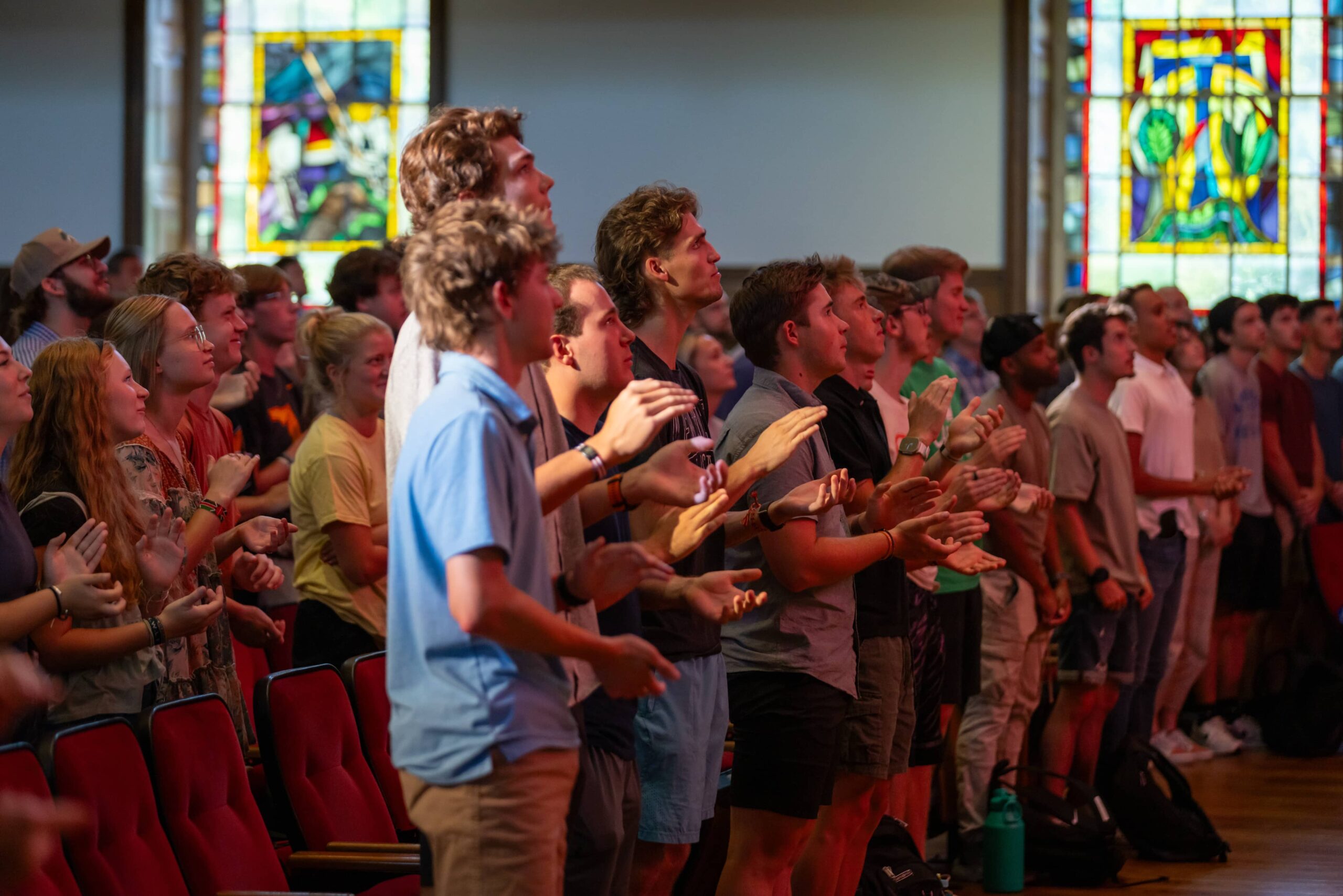Milligan’s History Major Prepares You for a Life of Impact
Milligan University’s History program is more than just an academic pursuit—it’s an undergraduate journey into understanding the forces that shape our world. With dedicated faculty, small class sizes, and opportunities to engage in hands-on learning, students gain a personalized education that values curiosity and integrity. The program emphasizes intellectual growth, community involvement, and faith-informed perspectives, creating graduates who can think critically and lead with purpose.
SCHOOL OF ARTS & HUMANITIES
BACHELOR OF ARTS, MINOR IN HISTORY, HONORS PROGRAM
Career Paths for History Majors
Graduates with a History degree from Milligan find opportunities in various fields, leveraging their strong analytical, research, and communication skills to tackle complex challenges. Whether pursuing careers in education, law, public service, business, or beyond, they can make meaningful contributions in diverse professional environments.
Potential Careers
Educator
Archivist
Museum Curator
Journalist
Policy Analyst
Lawyer
Explore History Through Faith-Informed Perspectives at Milligan
The History major at Milligan encourages students to approach the past with intellectual rigor and a faith-informed perspective. Faculty members, committed to their roles as Christian scholars, guide students in exploring how faith shapes historians’ understanding, description, and interpretation of historical events in their history courses. This unique approach fosters respect for sound scholarship while encouraging thoughtful engagement with ethical and spiritual questions.
Through this lens, students learn to examine the complexities of history with care and curiosity, balancing evidence-based analysis with their Christian worldview. By modeling these practices, Milligan’s faculty inspires students to carry these values into their future endeavors, equipping them to contribute meaningfully to their communities and professions.
History Faculty
Frequently Asked Questions
What Makes Milligan's History Major Unique?
Milligan’s History major blends rigorous academics with a Christian worldview, offering students a meaningful approach to understanding the past. Faculty members integrate faith into their teaching, encouraging students to reflect on the ethical and spiritual dimensions of historical events and decisions. This unique perspective allows students to examine history critically while considering how Christian principles shape interpretations and actions.
The program’s small class sizes foster close relationships with professors, providing personalized guidance and mentorship. Additionally, hands-on opportunities like internships, research projects, and study abroad experiences ensure that students gain practical knowledge alongside their academic studies. Milligan’s commitment to producing servant-leaders who value faith and integrity makes its History major a truly distinctive program.
Are Internships and Hands-On Opportunities Available?
Milligan’s History major emphasizes practical learning through internships and hands-on experiences. Students have opportunities to intern at museums, archives, government offices, and nonprofit organizations, gaining real-world insights into how history is preserved, interpreted, and utilized. These placements often provide networking opportunities that lead to future career prospects.
In addition to internships, students engage in collaborative research projects guided by faculty mentors. Study abroad programs allow for immersive learning experiences in historically significant locations. These opportunities ensure that graduates leave Milligan with academic knowledge and practical skills, ready to contribute to their fields and communities.
Can I Study Abroad as a History Major?
Absolutely. Study abroad programs are an integral part of Milligan’s History major, offering students the chance to experience history where it happened. Whether walking the streets of ancient cities or visiting cultural landmarks, these immersive experiences bring historical studies to life in a way that classroom learning alone cannot.
Studying abroad enhances global awareness, helping students understand diverse perspectives and historical contexts. Milligan works closely with students to ensure that these programs align with their academic and career goals, making the experience both enriching and seamless.
How Does Milligan Integrate Faith into the History Program?
Milligan’s faculty encourages students to approach historical studies through a lens of faith, asking thoughtful questions about morality, justice, and the role of individuals and communities in shaping history. Professors model how Christian principles can guide historians’ work, from evaluating evidence to interpreting the past responsibly.
This integration of faith and academics fosters a holistic understanding of history, preparing students to navigate their careers and personal lives with integrity. Graduates leave Milligan with the confidence to apply their values in all areas of life, making decisions that reflect their commitment to faith and service.
Can I Combine the History Major with Another Field of Study?
Yes, Milligan’s History major’s flexibility allows students to pursue double majors or minors in related fields. Popular combinations include political science, education, and theology, providing students with a broader knowledge base and enhanced career options.
Interdisciplinary studies help students tailor their education to fit their interests and goals. For example, combining history with political science prepares students for careers in public policy while pairing it with education equips future teachers to bring historical narratives to life in the classroom. This adaptability makes Milligan’s program ideal for students seeking a well-rounded academic experience.






